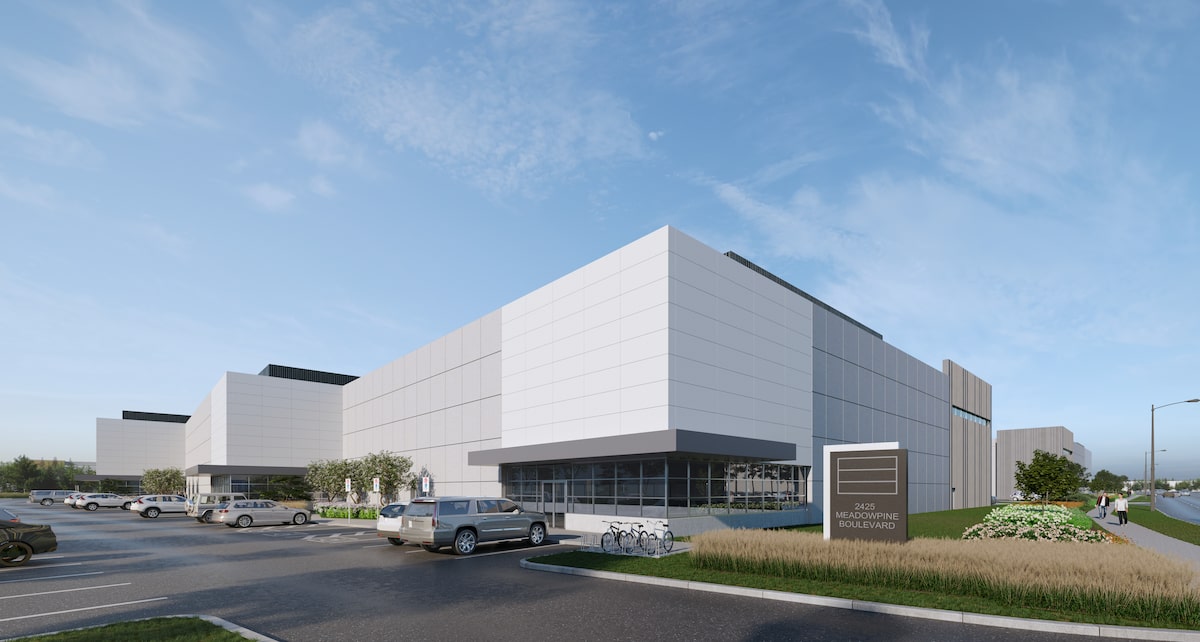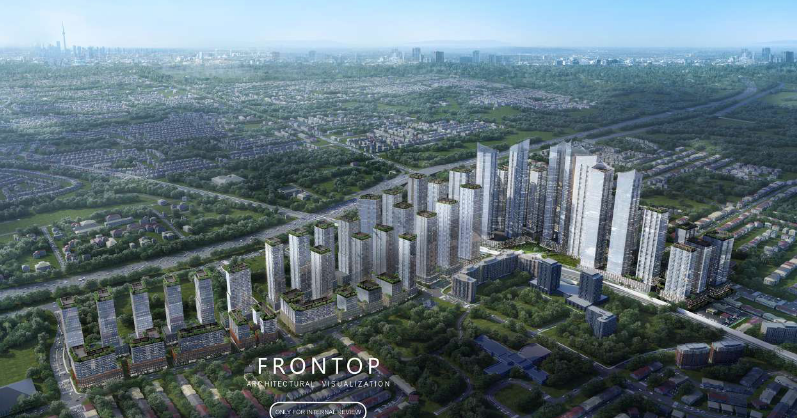Thanks for sharing my piece,
@allengeorge.
There hasn’t been a lot of detailed discussion, here or elsewhere, of these proposals.
In short, the ”Bridge” scheme, designed by IBI, has been kicking around for a while and is almost plausible. The “High Tech” scheme, by Quadrangle, is a joke. Among other problems, there’s almost no open space, and what there is lies in a hydro corridor.
It’s also worth noticing that the Bridge plan is only half of a larger land assembly. So whatever problems currently exist, with respect to the built form, mix of uses and open space, will only get worse with time.
View attachment 378049View attachment 378050View attachment 378052View attachment 378053

